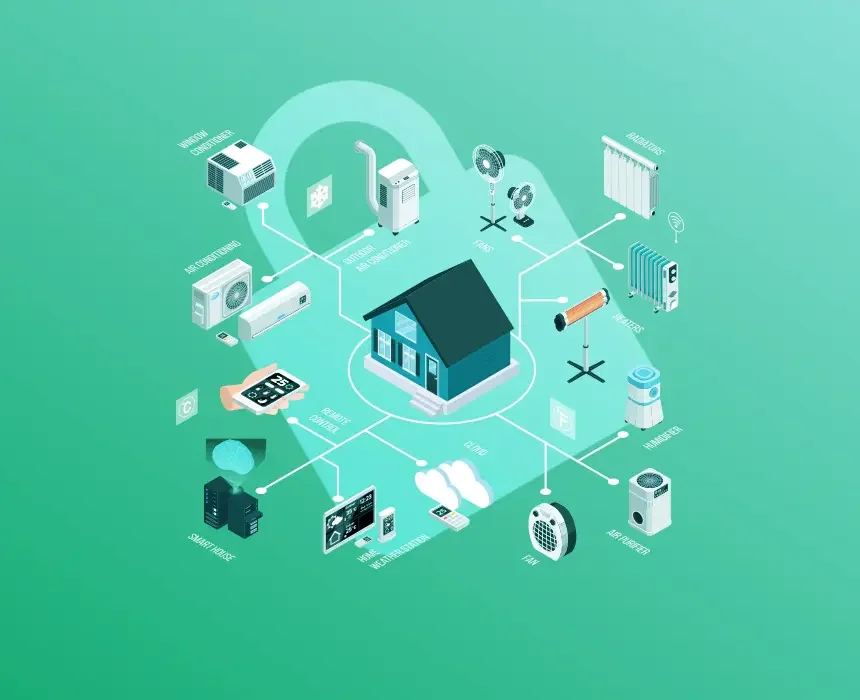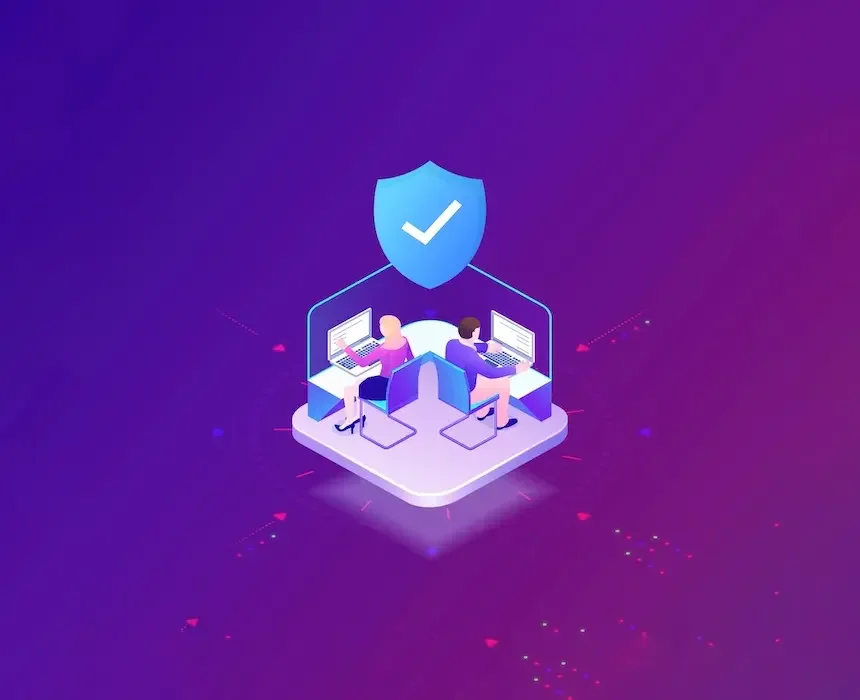
Most of us browse online with the strong belief that no one is spying on us. But in the modern world, there are zero chances that you are not being monitored while accessing the internet. The way you are watched has varied greatly with the advent of technology. Someone or the other is checking out your browsing behavior and personal data for their monetary benefits. Sniffing is one of the widely used methods to track internet activities across a network. It can be used for multiple purposes. A network administrator leverages sniffing to monitor the data traffic whereas malicious attackers use them to track data packets in a network. This article examines packet sniffing, different types of packet sniffing, and ways to defend against it.
Packet sniffing can be defined as the process of monitoring and capturing data packets that pass through a computer network with the use of packet sniffers. Packet sniffers can be installed in the form of software and hardware. The former is more common as they are open source. A software packet sniffer configures the network interface that it passes every network traffic. A hardware packet sniffer will be plugged into a network. These are then analyzed. A hardware packet analyzer stores the collected packets or forward them to a collector that logs the collected data for further analysis.
The sniffers gather raw data from networks and they are used with protocol analyzers to translate the data into a readable format. To be precise, a packet sniffer can see all traffic flowing back and forth across a network. Packet sniffing applies to both wired and wireless internet networks. Sniffing enables us to track email traffic, router configuration, FTP and telnet passwords, and web and DNS traffic.
There are two types of sniffing attacks based on capability and design:
This type of sniffing is conducted on a switched network which connects two network devices through a switch. Switches use the media access control (MAC) address to forward data to their destined ports. Hackers leverage this by injecting the traffic into the LAN to enable sniffing.
Passive sniffing uses hubs that use MAC addresses to read the data destination ports. An attacker needs to connect to LAN and sniff data from the network.
Data travels through a network in the form of packets. This data is broken down into smaller packets in packet-switched networks. These packets contain information about the sender, which includes IP address, authentication tokens, details of the interaction between the nodes of a network, and other content. The small packets are reassembled when they reach their targeted destination. Hackers intercept and get hold of the raw data packets during their journey across the network. A packet sniffer installed in the network analyzes the packets and converts them into a readable format. Hackers spy on unencrypted data in these packets to identify the information exchanges between both the parties. They also use the captured packets for man-in-the-middle attacks or packet injection attacks in vulnerable systems.
Packet sniffing has both legitimate and illegitimate uses. A few of them are listed below:
There are a few measures that you can take to safeguard yourself against packet sniffing:
A virtual private network (VPN) establishes a secure tunnel between your device and its internet destination. VPNs encrypt your data when it is transferred through the VPN tunnel. This prevents hackers and internet service providers (ISPs) from accessing the data you transfer across the internet. The data includes IP address, personal information, browsing and downloads history, credit card information, usernames and passwords, and anything you send over the network. Most of the VPN providers offer VPN applications compatible with different devices and OS. Once you connect to a VPN server, the web traffic appears to originate from the IP address of the VPN server. This masks your IP address and keeps your online activities private from the prying eyes. A VPN also enables you to access geo-restricted content.
Connecting to untrusted networks like public Wi-Fi or from a coffee shop raises the chances of packet sniffing. Hackers can easily sniff the entire network. They can even set up routers in these networks to monitor the traffic that flows through them.
Always try to use HTTPS protocol while surfing the web. You can rely on extensions that can convert HTTP to HTTPS. HTTPS encrypts your communications.
Scan and monitor your network at regular intervals to identify any suspicious traffic. There are many paid and open-source sniffer detection tools to identify sniffing. This helps to minimize your cyberattack exposure gap. Bandwidth monitoring is another technique employed to determine the presence of sniffers.
Keeping your security software up-to-date is one of the best ways to keep yourself safe from sniffing. Software providers release patches and updates to ensure security and improve the functionality of the software. So installing updates is a top priority to avoid activities like sniffing by hackers.
Cybercriminals use phishing emails and infected websites to trick victims and download sniffers. Practice smart browsing to avoid falling prey to such fraudulent activities.
In cybersecurity, mechanisms employed for defense sometimes may boomerang as a weapon that disrupts the integrity of the network. Sniffing is one such mechanism with both legitimate and illegitimate uses.

A router is perhaps the most important gadget in any modern-day home. It controls access to your home Wi-Fi network that is used by all Wi-Fi-enabled devices such as mobile phones, laptops, and …
05 February 2021
The COVID-19 pandemic has compelled businesses to adapt their traditional practices and adopt work-from-home as a new standard. That increased the need for business VPN solutions, to provi…
11 November 2022
Businesses often set up their own VPN as they serve as a crucial network security tool for protecting network resources and business applications. Also, individual users who need more control over th…
29 August 2022